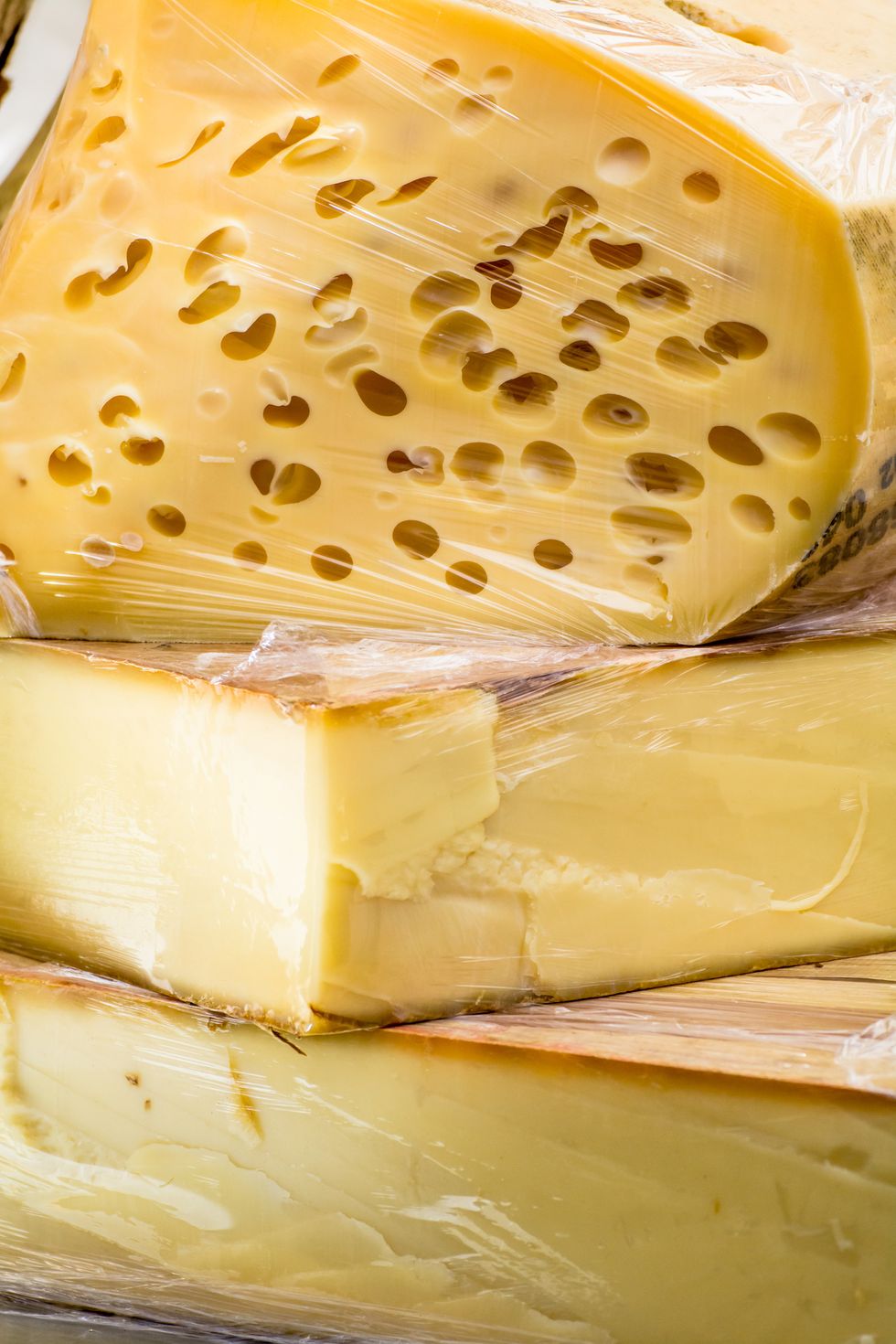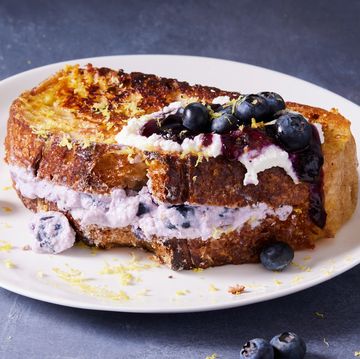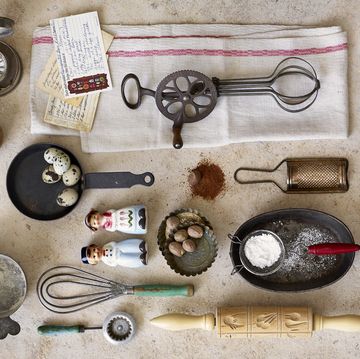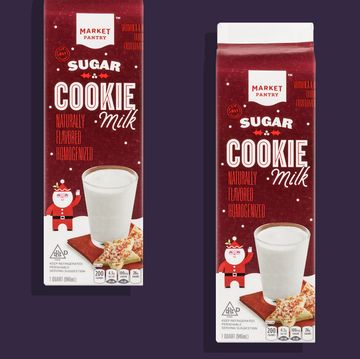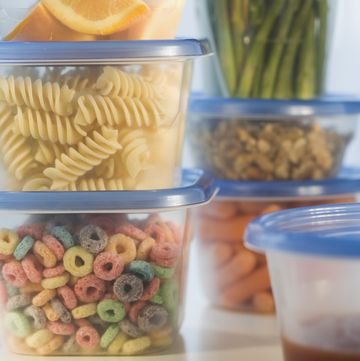The average American chomps their way through roughly 35 pounds a year. But how can we be sure we're getting the most from this dairy delicacy? Pay homage to your fromage by following this handy advice.
Step away from the plastic wrap.
Cheese keeps best when it is wrapped in waxed paper. This strikes the right balance between stopping the cheese from drying out and preventing too much moisture from building up. Cling film tends to trap moisture, which can encourage mold to grow on the surface of the cheese. Try Bee's Wrap storage wrap paper, $18 for a set of 3, instead (it's reusable). Failing that, greaseproof paper will also do a good job. Loosely wrap blue cheeses, which can become more liquid as they mature, in a layer of tin foil over the waxed paper to stop them leaking in the fridge.
More From House Beautiful

Get the temperature right.
Not all cheeses need to be kept in the fridge. The experts at cheesemonger Paxton & Whitfield advise that hard cheeses can be stored in any cool room with a constant temperature of 46-59°F, while soft and blue cheeses should be refrigerated at a temperature of 41-47°F. About an hour before serving, take the cheese out of the fridge or cool room and let it reach a normal room temperature of between 64-73°F.
Make room in the salad drawer.
Cheese likes a slightly humid environment. For this reason, the salad drawer is actually the best place in the fridge to store it, as it retains just enough moisture. To prevent the transfer of bacteria from one foodstuff to another, it's best to keep salad and vegetables on a different shelf or in a separate salad crisper, if your fridge has more than one.
Buy whole cheeses.
It's the advice all cheese lovers have been hoping to hear: cheese stores best when it's whole. This means that it's best to buy an entire cheese, if possible – though even diehard fans may struggle to get through a whole Cheddar – and eat it quickly once it has been cut. You won't hear any arguments on that score from us!
And finally, practice good cheese etiquette.
When cutting a portion of cheese, the idea is that no one is left with the rind and everyone gets a share of the center of the cheese, which is often the best part. With this in mind, any whole round cheese, such as Camembert, should be cut like a cake. If you are serving a wedge of a much larger cheese, slice it so that each person gets a triangular piece with rind along one side and the center of the cheese at the tip.

